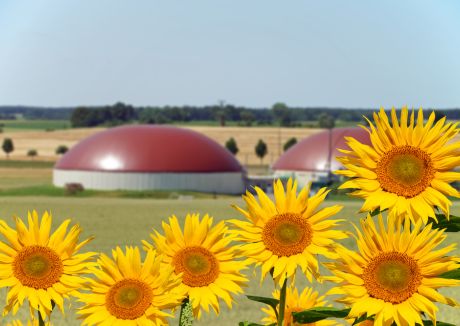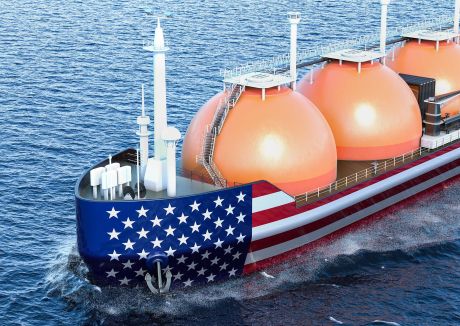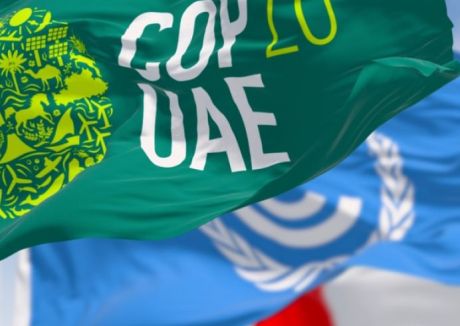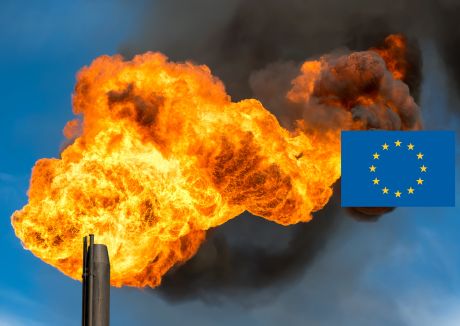Consensus forecasts point to a tight LNG market from ca. 2022 due to the lack of FID activity from 2015-2017 and growing LNG demand. There is intense competition from projects aiming to fill the future supply gap, with Gas Strategies identifying ca. 160 mtpa of capacity still publicly targeting a 2019 FID, competing for a ca. 30 mtpa forecast supply shortfall in 2024. At the recent LNG2019 conference in Shanghai there was no end of conversation and speculation about a number of these projects.
We can start with the competition in the US for the ‘second-wave’ LNG projects. Next Decade roared loudest in Shanghai, with the signature of Shell as a foundation SPA customer for Rio Grande LNG. Tellurian also announced two Heads of Agreement with Total for both equity investment in Driftwood LNG and additional liftings from the Tellurian Marketing volumes. Venture Global’s Calcasieu Pass facility, for so long the leader in terms of marketing momentum, remains challenged if you listened to the talk around the water cooler in Shanghai and the risks identified by Gas Strategies in our 2019 LNG Outlook remain apparent.
Lots of talk on the US – but progress is elsewhere
Mozambique LNG has now signed sufficient SPAs to take FID, with numerous industry sources in Shanghai indicating the button is about to be pressed and reports that several thousand workers are already on the ground preparing the site. Chevron’s anticipated buyout of Anadarko is unlikely to lead to too much of a hiccup on that front. Rovuma LNG’s (Mozambique’s other project - led by ExxonMobil and Eni) strength in its affiliate buyer model (very similar to the equity lifting model we have seen successfully executed recently e.g. LNG Canada and Golden Pass) means it is waiting only on financing. Elsewhere, signals on Arctic 2 LNG are positive (two HoAs with Novatek were announced during LNG2019) and with the execution achieved on Yamal, it would be brave to bet against it. A positive announcement on government agreements immediately following Shanghai bode well for the Papua LNG and PNG LNG expansion projects moving towards FID within the next 18 months.
All this leads to the question of the opportunity for US greenfield projects – how much demand are they left fighting for in what is a very competitive environment? While a simple response might be that ultimately a much-reduced number of ‘second-wave’ US projects will get built – what impact might this have on the US shale plays and what impact might it have on future ‘waves’ of US LNG projects?
Stranded gas in the US?
The numbers are stark – the Permian basin alone has estimated 2P reserves of 69 Tcf and estimated resources of over 300 Tcf. In a large and liquid market such as the US monetising gas reserves wouldn’t ordinarily be a problem, but already in 2019 extremely low (and sometimes negative) prices for the Permian basin have been caused by lack of pipeline capacity. If independent second-wave projects struggle to get away in the current window, there is a very real reduction in potential routes to market for this gas. Current takeaway capacity from the Permian is ca. 9.5 bcf/d (with another 4 bcf/d under construction), whilst current Permian dry gas production is ~ 10 bcf/d – if 30 mtpa of LNG capacity was to be added (along with the necessary supporting pipeline infrastructure) a material addition of ~4 bcf/d of demand is added. Without this demand pull, upstream producers will be left looking for other solutions – build-out of pipeline capacity will be harder to guarantee without assured routes to market and pushing the volumes into the US market will exert downward price pressure. Upstream producers need this route to market to be able to evacuate gas in order to produce oil in these associated gas plays. A drive may come from upstream producers to work more closely with ambitious LNG project developers to create a ‘supply-push’ scenario for LNG project development. This is of course complicated by the more dispersed nature of reserve holdings in the US shale basins. In this light, will we see the aggregation of Permian resources in the hands of the IOCs, leading to the development of ‘integrated’ LNG projects in the Gulf Coast (similar to other global project structures)? There are some existing planned liquefaction projects that are more suitable than others for absorption into such a scenario.
As the FID picture plays out over the remainder of 2019, eyes will look to the US and the implications for producers and project developers in the increasingly likely situation that there is only capacity in the global LNG market to absorb one additional greenfield US LNG project this year.
If you would like more information about how Gas Strategies can help your business with Consulting services across the value chain or provide industry insight with regular news, features and analysis through Information Services or help with people development through Training Services, please contact us directly.








